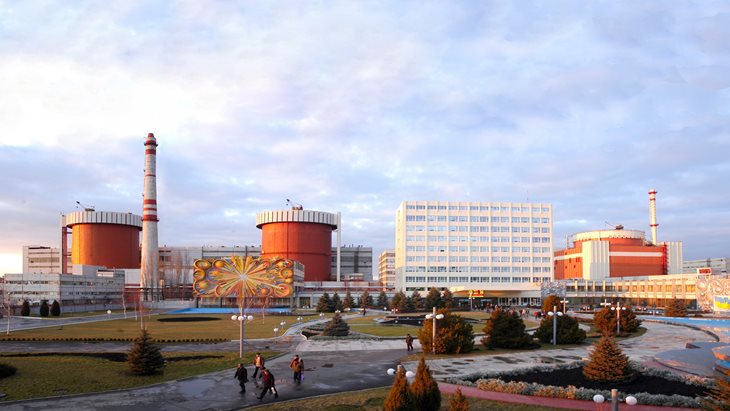
It said that inspection surveys and other checks had led it to conclude that "power unit No.1 of the South Ukraine NPP meets the requirements for nuclear and radiation safety" and they "recognise the reasonable possibility of safe operation ... at the capacity levels specified in the project until 2 December 2033".
Operator Energoatom's President Petro Kotin said: "We have received confirmation of the possibility of further safe operation of this power unit for another 10 years, during which nuclear and radiation safety, protection of personnel, population and the environment are guaranteed. The uniqueness of this event is that, for the first time in Ukraine, all the necessary procedures and examinations to obtain the appropriate conclusion were carried out in accordance with Western standards and without a long shutdown of the power unit."
Instead of the previous practice of shutting a power unit down for between 200 to 250 days, he said: "This time, we went through all the necessary procedures to extend the life ... while maintaining generation and providing electricity to our citizens. The implementation of such global practice by Energoatom specialists and SNRIU experts significantly increased the efficiency and quality of our work."
The 950 MWe VVER unit entered commercial operation in 1983. The original design lifetime of the Russian reactors was 30 years, with Ukraine opting for 10-year extensions. South Ukraine's unit 1 had a 10-year extension to its operating licence issued in 2013, which was due to expire in December.
Ukraine has 15 reactors - including the six at Zaporizhzhia which have been under Russian military control since early March 2022 - whose combined capacity generates about half of its electricity. The country is looking to the West for new nuclear capacity, large and small, including an agreement with Westinghouse to build nine AP1000 reactors at established sites.